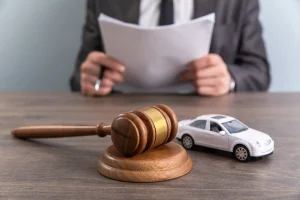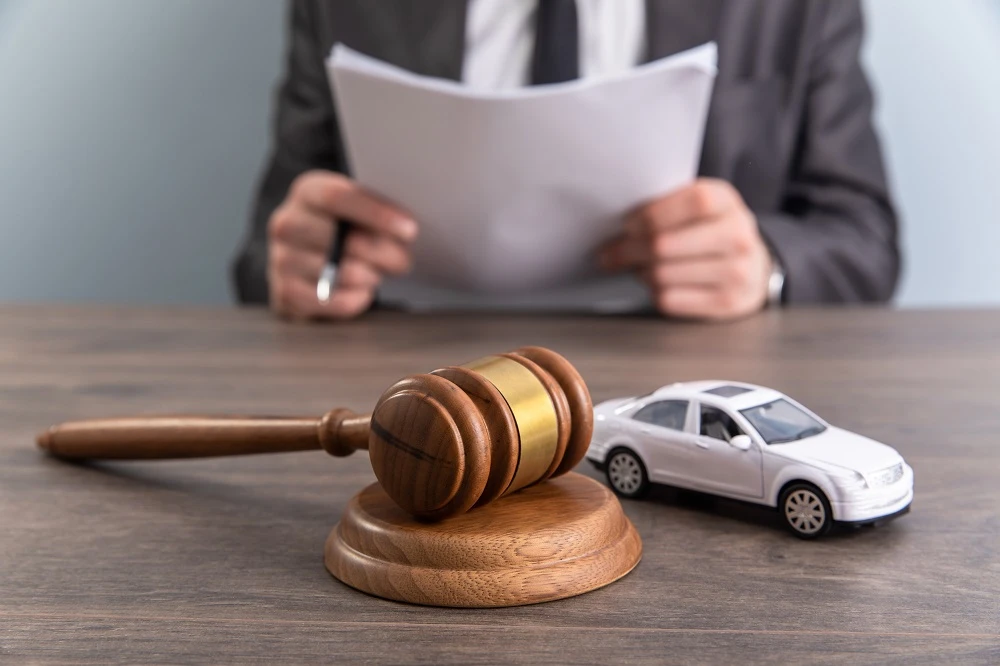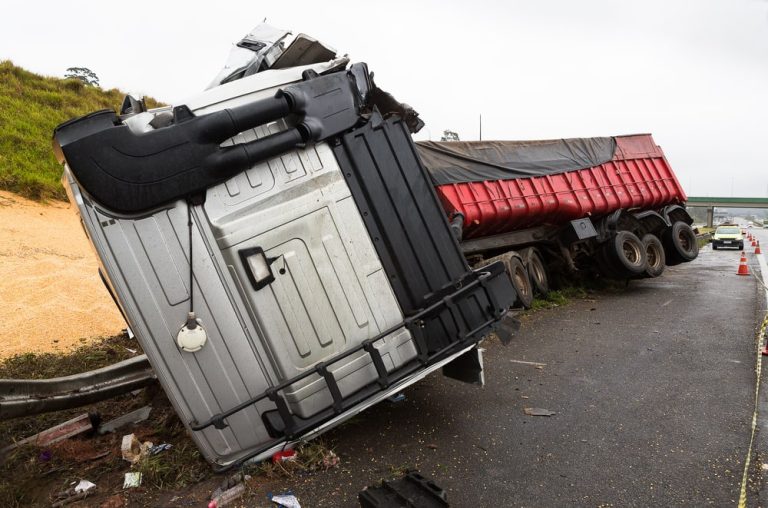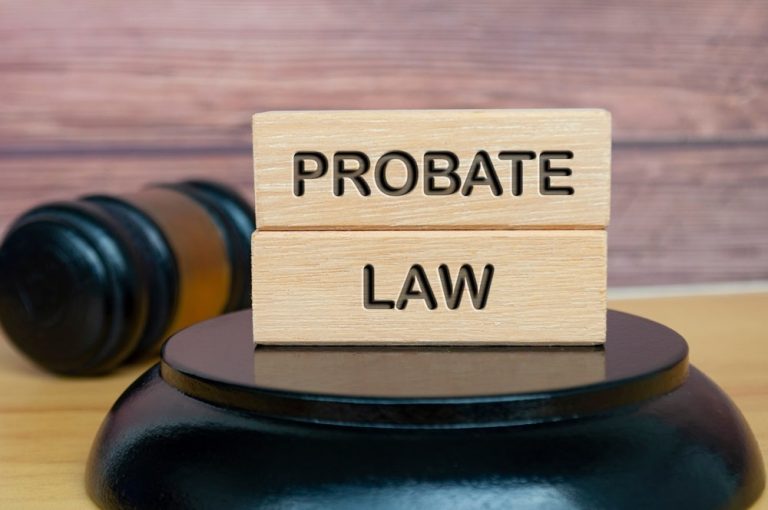A serious crash can set off two very different legal battles at once: a personal injury claim with insurers and, sometimes, a criminal or traffic case in Lake County courts. In Munster and across Northwest Indiana, the best results often come when one legal team aligns both fronts from day one. This guide explains how attorneys coordinate these matters, what to do after a wreck or arrest, and how to protect your rights, especially if you’re searching for a Criminal Defense Attorney Munster residents trust.
How attorneys coordinate personal injury and criminal defense cases
When a crash triggers both injury claims and criminal exposure (think OWI, reckless driving, or leaving the scene), lawyers have to play chess on two boards at once. The strategy is to protect the criminal defense while preserving maximum value for the civil case.
Here’s how coordinated counsel typically approaches it:
- Sequencing statements carefully: Insurers often push for recorded statements early. A defense lawyer will evaluate whether giving one could harm the criminal case. Sometimes they’ll delay, narrow the scope, or participate to prevent harmful admissions.
- Managing discovery across forums: Evidence gathered for the criminal defense, body-cam footage, dashcams, breath-test records, may bolster the injury claim. But they’ll guard privileged strategy and avoid disclosing anything that could be used against the client in court.
- Plea discussions with civil impact in mind: A plea to a lesser traffic infraction might reduce criminal exposure but can affect fault in a civil claim. Coordinated counsel models how each outcome plays with comparative fault, liability coverage, and potential exclusions.
- Unified investigation: One investigation team preserves vehicle data, canvasses witnesses, and orders the police report so facts match across cases. That consistency minimizes contradictions the other side could exploit.
- Client counseling that accounts for both cases: Simple decisions, repairing a car, social media posts, or attending alcohol evaluation, can ripple into both matters. A joint strategy keeps the client from tripping wires.
In short, the right team builds a single narrative that defends freedom and finances together. If you’re vetting a Criminal Defense Attorney Munster drivers recommend, ask how they collaborate with their personal injury counterparts and what protocols they use to avoid cross-case pitfalls.
Common auto accident scenarios requiring dual legal representation
Not every fender-bender calls for two lawyers. But several Munster-area scenarios often do:
- OWI/ DUI collisions: Indiana prosecutes Operating While Intoxicated (OWI). If there’s an injury, felony charges are possible. Simultaneously, injury victims (including passengers) may file claims. Expect intense scrutiny of toxicology, field sobriety tests, and chain of custody.
- Serious injury or fatality crashes: On I-80/94 (the Borman), Calumet Avenue, or Ridge Road, high-speed impacts can lead to criminal allegations like reckless driving or leaving the scene, while civil claims address medical costs, lost wages, and pain and suffering.
- Hit-and-run with later identification: When a driver is located after the fact, insurers question coverage, while prosecutors consider charges. Coordinated counsel manages statements and identification procedures.
- Commercial vehicle incidents: A box truck or semi may bring federal regulations into play (hours-of-service, maintenance logs). If the non-commercial driver faces charges, dual representation keeps the civil spoliation notices and the criminal defense in sync.
- Suspended license or prior offenses: Even a moderate crash can trigger harsher penalties if the driver has priors or lacks insurance. Meanwhile, civil exposure might exceed policy limits.
- Road rage or aggressive driving: Allegations of intentional acts can jeopardize insurance coverage because many policies exclude intentional harm. Defense strategy aims to avoid labels that threaten coverage.
In each instance, the decision tree spans criminal exposure, insurance coverage, and civil damages. A team that sees the whole board can prevent one case from torpedoing the other.
Steps to take immediately after a crash or traffic-related arrest
Moments after a wreck are chaotic. Prioritize safety and set up both cases for success.
- Call 911 and seek medical care: Even if you feel “okay,” adrenaline masks injuries. ER documentation becomes a cornerstone of the injury file.
- Don’t admit fault: Provide factual information only. Fault is a legal conclusion Indiana’s insurers and courts will hash out later.
- Preserve the scene: Photograph vehicle positions, skid marks, traffic signals, weather, and any nearby cameras (businesses along Calumet, gas stations, intersections). Note names and phone numbers of witnesses.
- Use your rights respectfully: If an officer suspects OWI, you must weigh implied consent testing against legal risks. Ask to speak with an attorney. Be polite: avoid volunteering narrative guesses.
- Contact coordinated counsel early: Reaching an attorney right away helps manage tow releases, vehicle downloads (event data recorder), and insurance notifications. If you’re in custody, a Criminal Defense Attorney Munster residents rely on can initiate representation and protect you during questioning.
- Notify your insurer without oversharing: Report basic facts and property damage promptly to comply with your policy’s notice requirements. Avoid recorded statements until your lawyer advises.
- Keep everything: Hospital discharge papers, tow bills, repair estimates, citations, and court paperwork, all of it matters.
If you’re looking online for help, many firms organize resources by practice area, use a clear “Go to Page” navigation for Personal Injury and Criminal Defense so you land in the right place fast.
Evidence gathering and police-report review for accurate case building
Strong cases come from disciplined, early evidence work. In Munster, that often includes:
- Police crash report and narratives: Obtain the official report promptly and compare it with body-cam and dashcam footage. Look for timing gaps, witness discrepancies, or diagram errors.
- Body-cam, dashcam, and 911 audio: These can clarify who said what, field sobriety instruction accuracy, and roadside conditions. Request preservation quickly: video retention windows can be short.
- Toxicology and breath-testing records: Chain of custody, instrument calibration, observation period compliance, and medical conditions can all influence reliability.
- Vehicle and roadway data: Event Data Recorder (EDR) downloads show speed, braking, and seatbelt usage seconds before impact. Skid measurements, gouge marks, and debris fields help reconstruct angles and velocities.
- Third-party footage: Nearby businesses, traffic cams, and doorbell systems along neighborhood corridors sometimes capture crucial frames.
- Medical documentation: From EMS notes to imaging, consistent medical records connect mechanisms of injury to diagnosed harm and long-term impairment.
- Digital breadcrumbs: Phone records (for distraction analysis), rideshare logs, and telematics from fleet vehicles can fill in the timeline.
Attorneys then map evidence to Indiana’s modified comparative fault rules and the charging elements in criminal court. The same set of facts must withstand cross-examination in both venues. A careful police-report review can surface defenses (e.g., improper stop) and civil leverage (e.g., clear liability), aligning the narrative across cases.
Navigating insurance disputes alongside criminal allegations
Insurers don’t wait for criminal cases to finish. They set reserves, evaluate liability, and sometimes seek to deny coverage quickly. Parallel criminal allegations can complicate everything:
- Cooperation vs. self-incrimination: Policies require cooperation, but a recorded statement can harm a defense. Lawyers manage timing, limit scope, or provide written responses to balance duties with Fifth Amendment concerns.
- DUI/intentional-act exclusions: If an insurer argues an exclusion applies, coverage could be at risk. Defense counsel aims to avoid criminal findings that trigger exclusions while injury counsel preserves alternative coverage (UM/UIM, MedPay, umbrella).
- EUOs and IMEs: Examinations Under Oath and Independent Medical Exams can be minefields. Preparation is critical to avoid inconsistent testimony between the claim file and criminal proceedings.
- Settlement timing: Sometimes it’s wise to resolve the injury claim after key criminal milestones (e.g., suppression ruling). In other instances, when liability is clear and injuries are acute, early settlement funds medical care without prejudicing the criminal defense.
- Subrogation and liens: Health insurers, Medicaid/Medicare, and hospital liens must be negotiated within any settlement. A coordinated team avoids admissions during lien appeals that could echo in court.
- Staying or bifurcating cases: Where civil litigation begins while criminal charges are pending, counsel may seek a stay to protect constitutional rights.
The objective is simple: preserve coverage, control narrative risk, and maximize recovery while containing criminal exposure. A seasoned Criminal Defense Attorney Munster motorists trust will coordinate closely with the injury team to keep these tracks aligned.









